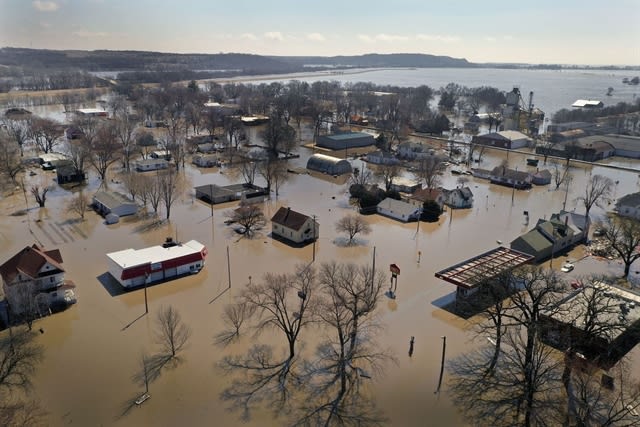martinpump
Mechanical
- Mar 19, 2015
- 12
Hi All,
In the data sheet, RATED USGPM is 2140. No NORMAL USGPM is specified.
And a note is given
MINIMUM FLOW PROTECTION WILL BE USED. PUMP VENDOR TO ADD MINIMUM CONTINUOUS REQUIRED FLOW
TO RATED PUMP CAPACITY. TURNDOWN SHALL BE MINIMUM 30%.
So do i need to add 30% extra to 2140 GPM ie 30% of 2140 is 642.
Does it mean my total design capacity is 2782?
Thxs
In the data sheet, RATED USGPM is 2140. No NORMAL USGPM is specified.
And a note is given
MINIMUM FLOW PROTECTION WILL BE USED. PUMP VENDOR TO ADD MINIMUM CONTINUOUS REQUIRED FLOW
TO RATED PUMP CAPACITY. TURNDOWN SHALL BE MINIMUM 30%.
So do i need to add 30% extra to 2140 GPM ie 30% of 2140 is 642.
Does it mean my total design capacity is 2782?
Thxs




